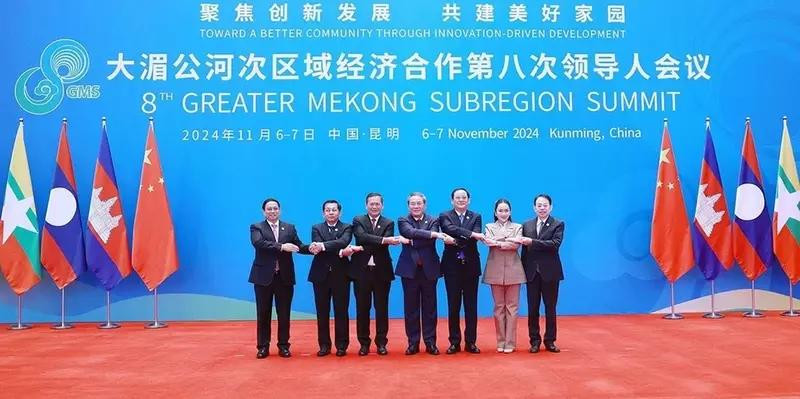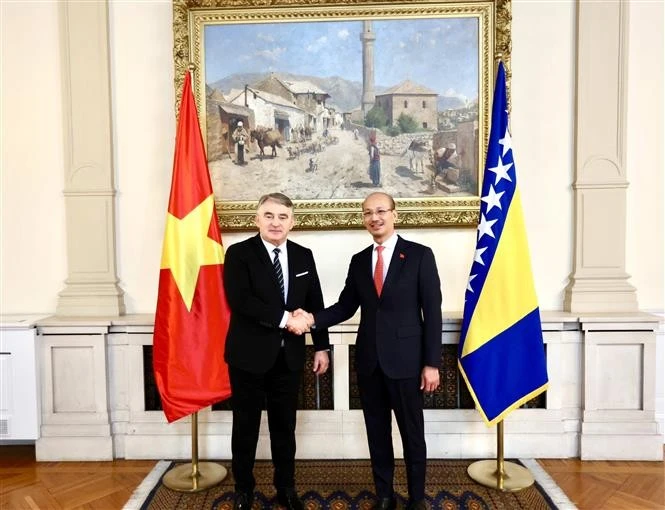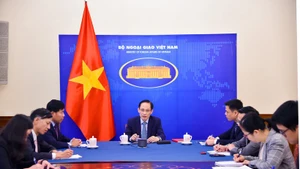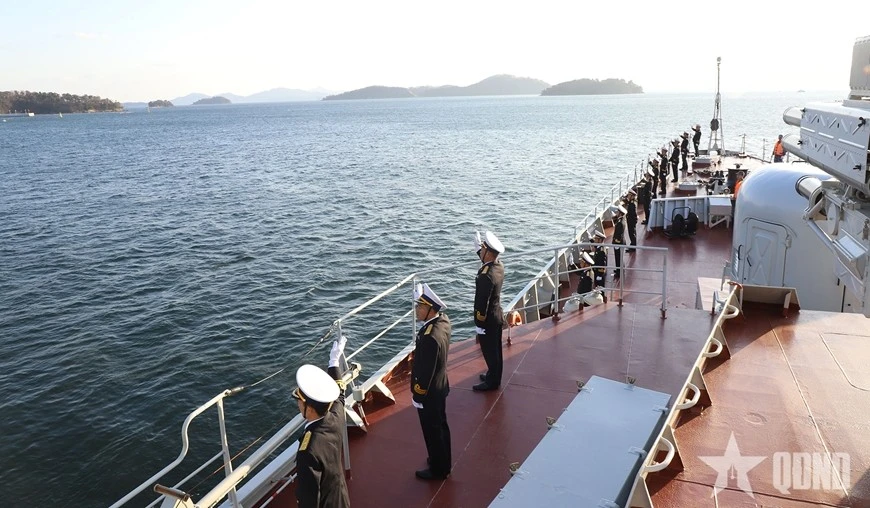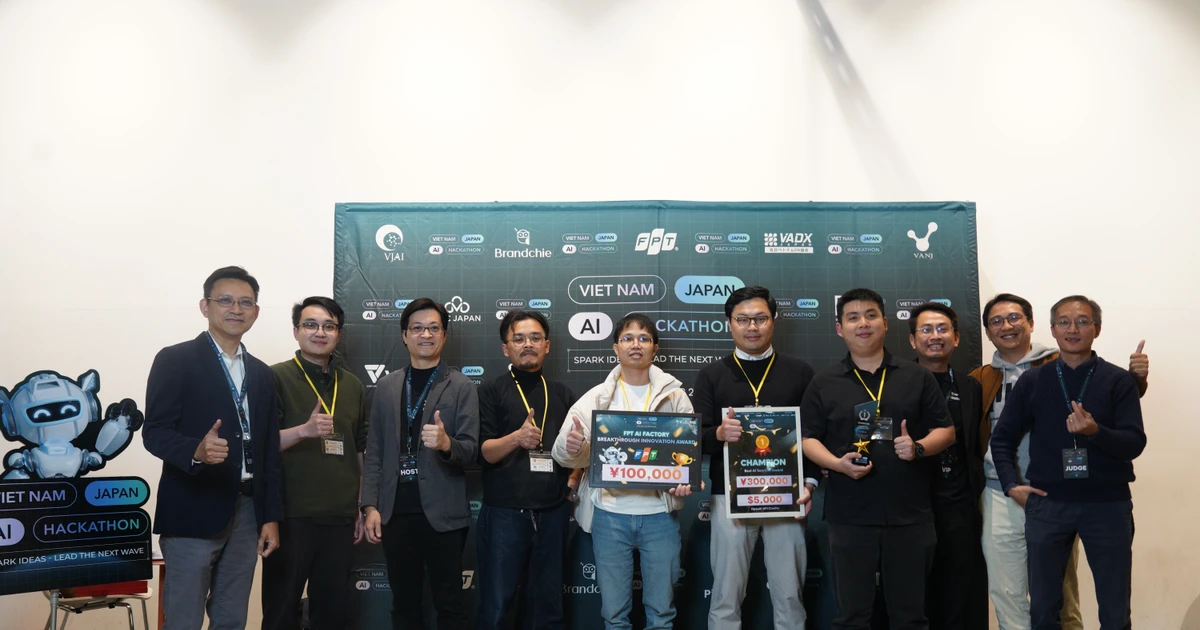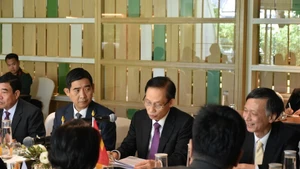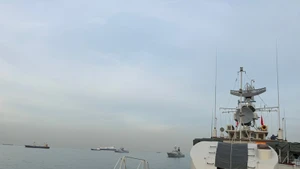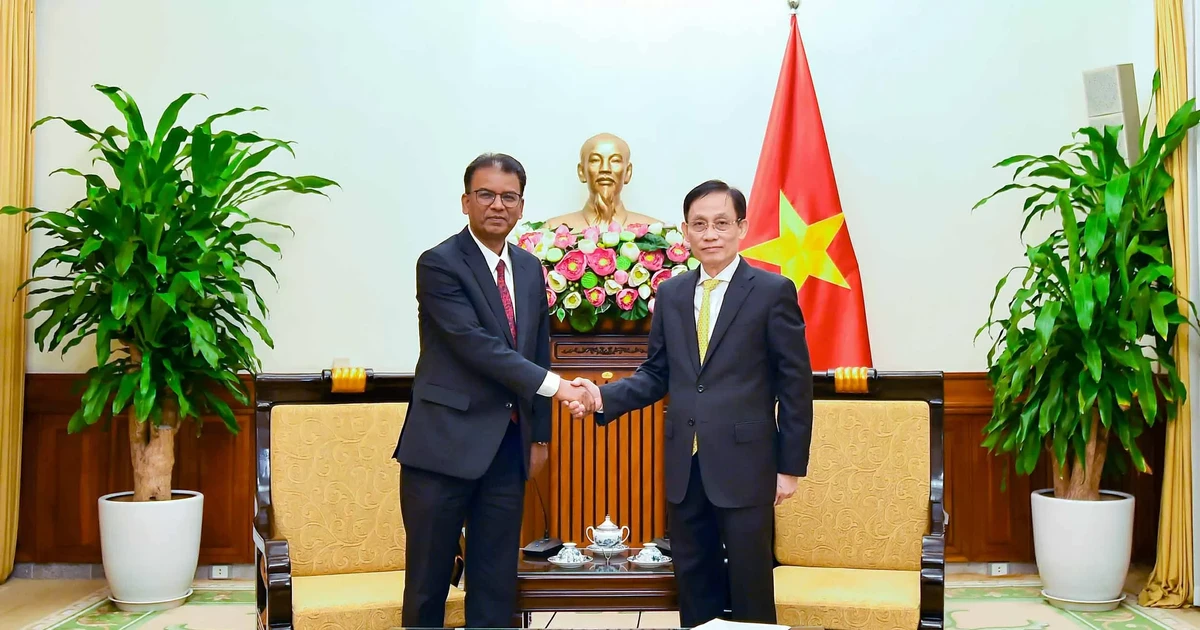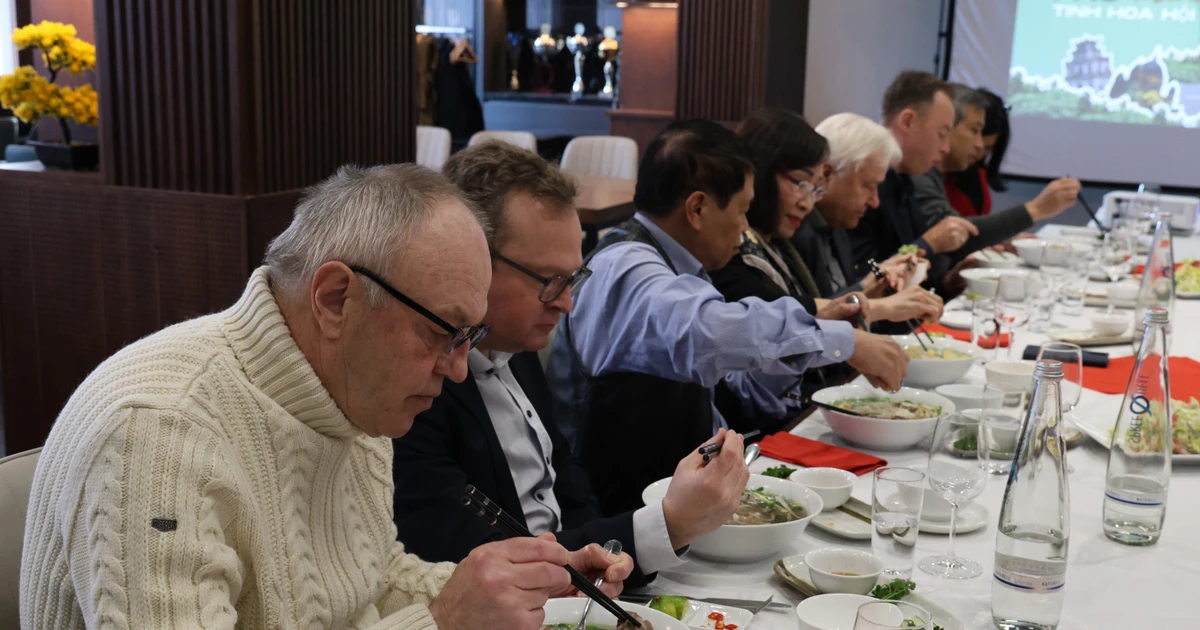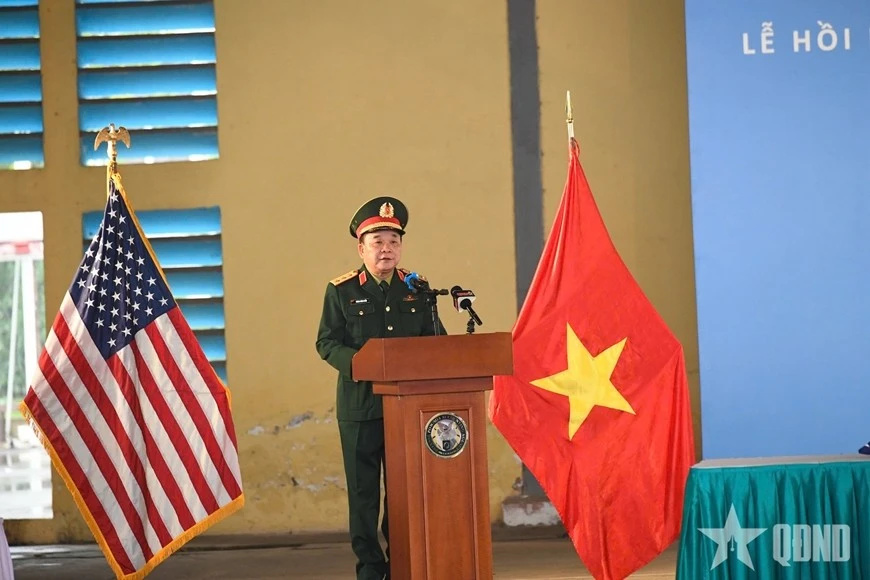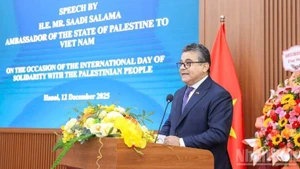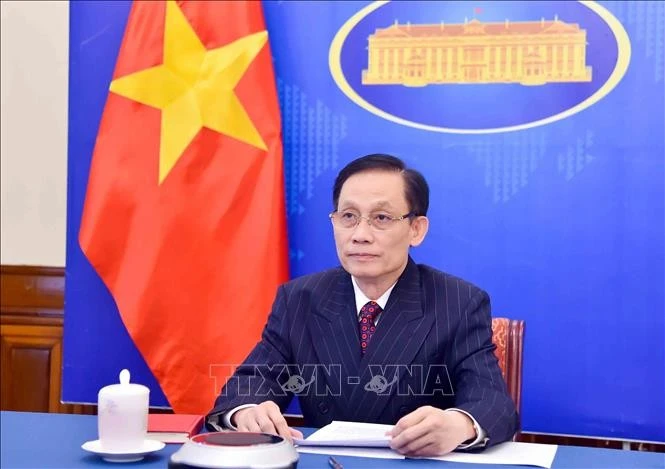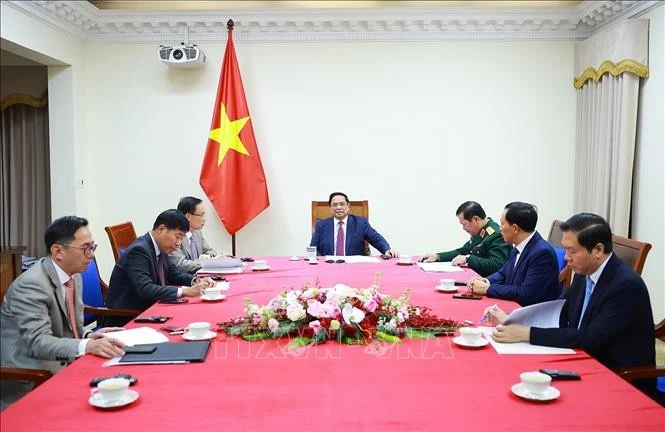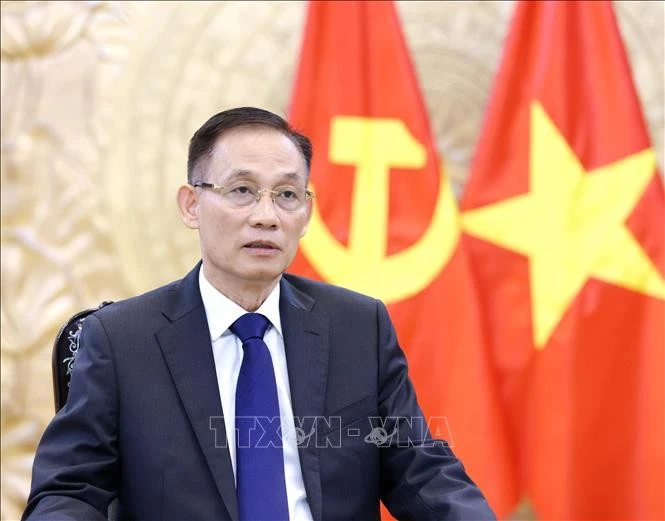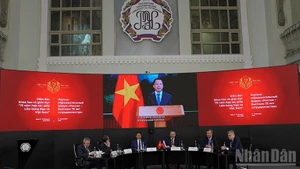These are critical messages that Prime Minister Pham Minh Chinh presented at the 8th GMS Summit, the 10th Ayeyawady-Chao Phraya-Mekong Economic Cooperation Strategy Summit (ACMECS 10), and the 11th Cambodia-Laos-Myanmar-Vietnam Cooperation Summit (CLMV 11).
This reflects Vietnam’s viewpoint and vision, which align with the global development flow, as well as the clear determination to tie the future of the Mekong countries with the capacity for innovation, applying scientific and technological advancements, and the Fourth Industrial Revolution.
Towards a connected and developing subregion
Recognising the profound and multidimensional impacts of technological development trends and innovation, the 8th GMS Summit chose the theme: “Towards a Better Community through Innovation-driven Development.” With this spirit, PM Pham Minh Chinh conveyed important messages at the conference, emphasising that the world is entering an era of connectivity and integration, an era of science, technology, and innovation.
Therefore, innovation should be at the heart of GMS cooperation because this is an inevitable trend, a strategic choice, and the top priority for rapid and sustainable development.
For his part, Chinese Premier Li Qiang emphasised that innovation is a critical driver of economic growth. China is willing to transfer the results of innovation, promote hard and soft infrastructure connectivity, and boost subregional integration through policy connections, standard harmonisation, people-to-people exchanges, and facilitating travel.
At the ACMECS 10 Summit, Prime Minister Pham Minh Chinh highlighted the principle of “six linkages”: linking thinking with actions; tradition with modernity; rapid growth with sustainable development; countries with regions and the international community; government with people and businesses; and stability with development and security. The Prime Minister especially stressed the need to value time, intelligence, and innovation for breakthroughs, creativity for growth, integration for progress, and unity for strength.
Prime Minister Pham Minh Chinh also pointed out that to enhance connectivity and improve the effectiveness of these cooperation mechanisms, it is essential for countries to work closely together, acting in unity — no single country can solve it alone.
Lao Prime Minister Sonexay Siphandone, in his opening speech at the 11th CLMV Summit, highly praised Vietnam’s leading role and positive contributions in promoting cooperation within this mechanism.
The Prime Minister emphasised the need for breakthroughs in CLMV cooperation to catch up, move forward, and excel based on leveraging internal forces combined with external resources; only through unity and cooperation can the four CLMV countries overcome difficulties and together build a dynamic and sustainable CLMV region.
What we clearly observe is that the leaders of the countries all recognise and appreciate Vietnam’s growing importance in the region and internationally; they highly value Vietnam’s strategic position as a gateway to ASEAN markets and China; with the most convenient route for exporting goods from China’s Yunnan being through the Hai Phong port.
As such, Vietnam plays a key role in cooperation mechanisms like GMS, ACMECS, or CLMV. Therefore, Prime Minister Pham Minh Chinh also emphasised the importance of strengthening both hard and soft infrastructure connectivity in the region. This includes promoting the development of rail, road, and port infrastructure systems; smart border gates; smart customs; and simplifying customs procedures.
Going deeply, substantively, and effectively
Prime Minister Pham Minh Chinh’s trip to China was warmly and respectfully welcomed by Chinese Premier Li Qiang, leaders of the provinces of Yunnan, Guangxi, and Chongqing, as well as other officials.
This was also an opportunity to further tighten the friendship and cooperation between Vietnam and China, which has been progressing very well in recent times, deepening the strategic partnership and “Vietnam-China Community with a share future that carries strategic significance,” developing more deeply, comprehensively, and sustainably.
What makes it even more special is that Kunming and Chongqing — places visited by the Prime Minister — were locations where the great national liberation hero President Ho Chi Minh had worked during his years in search of the path to save the country.
Prime Minister Pham Minh Chinh suggested Premier Li Qiang accelerate cooperation on the implementation of three standard gauge railways: Lao Cai-Hanoi-Hai Phong, Lang Son-Hanoi, and Mong Cai-Ha Long-Hai Phong. He also requested China’s support in terms of funding, technology transfer, and human resource training for these projects.
At the meeting with leaders of Chinese corporations regarding investments in infrastructure, railways, highways, and energy, we observed that China’s “big names” in infrastructure are very eager to join strategic infrastructure projects in Vietnam.
Chairman of the China Railway Construction Corporation (CRCC), Dai He Gen, mentioned that CRCC is working hard to cooperate with Vietnam on a feasibility study for the Lao Cai-Hanoi-Hai Phong railway project connecting with Kunming (China). However, he also stated that if following the current procedures in both Vietnam and China, the project would not meet its planned schedule. Therefore, he hopes that Vietnam will expedite the procedures and that the Chinese government will assist with feasibility studies and assign specific tasks to CRCC to push forward the project, aiming to start construction by December 2025.
Agreeing with the CRCC’s recommendations, the Prime Minister suggested that China provide concessional loans, transfer modern technology, and offer training to enhance the management capacity of the railway industry.
China’s large energy corporations have also expressed their determination to expand investment in Vietnam. With a total investment of 2.8 billion USD, Huadien Corporation hopes to increase its investment in renewable energy, hydrogen, energy storage, upgrading the electricity grid, improving technical processes at power plants, and enhancing energy efficiency.
China’s Vice Chairman of Energy Zhang Deliang expressed his “strong confidence in Vietnam” and mentioned that the corporation will continue investing in renewable and clean energy sectors in Vietnam. At the Vietnam-China Business Dialogue, Prime Minister Pham Minh Chinh highlighted that the two countries share a strong political foundation, similar cultural backgrounds, favourable legal frameworks, and an open market foundation.
Therefore, based on the ‘Vietnam-China Community with a share future that carries strategic significance”, we see the need for further economic cooperation and investment; urging Chinese corporations and businesses to increase investment in Vietnam.
